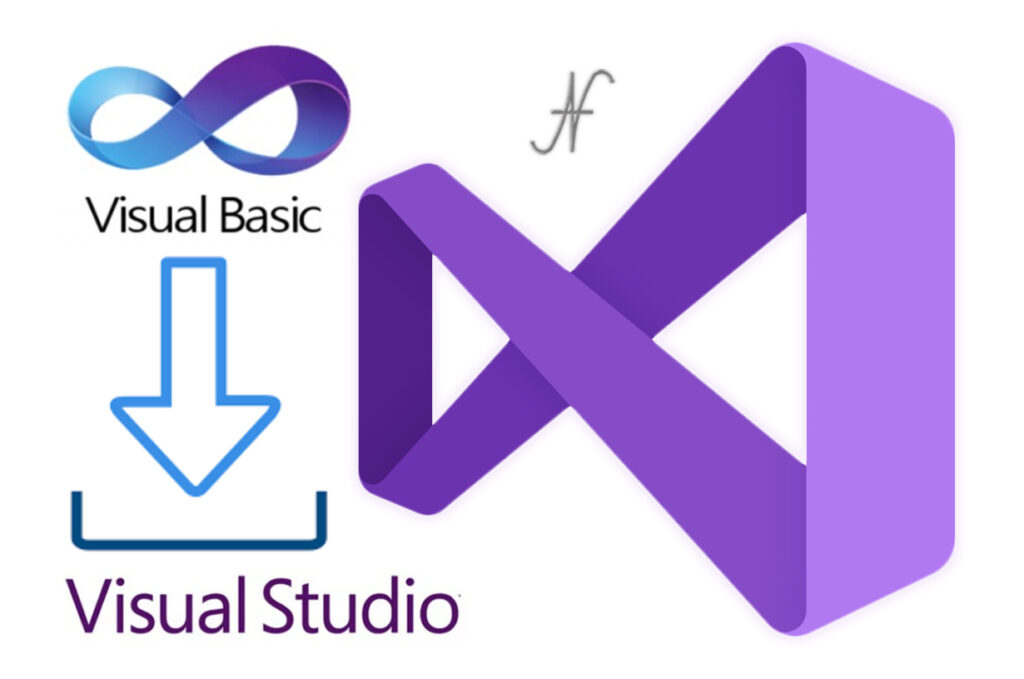
Free eBooks for Beginners
As a beginner in Visual Basic .NET, it’s important to understand the concept of reflection. Reflection is a feature in the .NET Framework that allows you to inspect and manipulate the types and members of an assembly at runtime. This means that you can examine the structure of a class, its methods, properties, and fields, and even invoke methods or access fields and properties dynamically.
Reflection is a powerful feature that can be used for a variety of tasks, such as discovering the types and members of an assembly, creating and instantiating objects at runtime, and even modifying the behavior of a class at runtime.
One of the most common use cases for reflection is to discover the types and members of an assembly. You can use reflection to examine the structure of a class, its methods, properties, and fields, and even invoke methods or access fields and properties dynamically. This can be useful when you want to create a generic method that can work with any class, or when you want to create a tool that can analyze the structure of an assembly.
Another use case for reflection is to create and instantiate objects at runtime. You can use reflection to create an instance of a class, invoke its methods, and access its fields and properties. This can be useful when you want to create a plugin system for your application, where you can load and unload assemblies at runtime.
Reflection is also used for modifying the behavior of a class at runtime. You can use reflection to change the value of a field or property, or to invoke a method on an object. This can be useful when you want to modify the behavior of a class at runtime, or when you want to create a generic method that can work with any class.
It’s also important to note that reflection can be a performance intensive task, and it should be used sparingly. Reflection can cause your application to run slower, and it can also make your code more complex and harder to maintain.
In conclusion, Reflection is a powerful feature in Visual Basic .NET that allows you to inspect and manipulate the types and members of an assembly at runtime. It can be used for a variety of tasks, such as discovering the types and members of an assembly, creating and instantiating objects at runtime, and even modifying the behavior of a class at runtime. While it’s a powerful tool, it’s also important to remember that it can cause performance issues, so it should be used sparingly.
Cookbook – VisualBasic.NET for Beginners – Chapter 34 : Reflection
 Loading...
Loading...
Disclaimer: The information and code presented within this recipe/tutorial is only for educational and coaching purposes for beginners and developers. Anyone can practice and apply the recipe/tutorial presented here, but the reader is taking full responsibility for his/her actions. The author (content curator) of this recipe (code / program) has made every effort to ensure the accuracy of the information was correct at time of publication. The author (content curator) does not assume and hereby disclaims any liability to any party for any loss, damage, or disruption caused by errors or omissions, whether such errors or omissions result from accident, negligence, or any other cause. The information presented here could also be found in public knowledge domains.
Learn by Coding: v-Tutorials on Applied Machine Learning and Data Science for Beginners